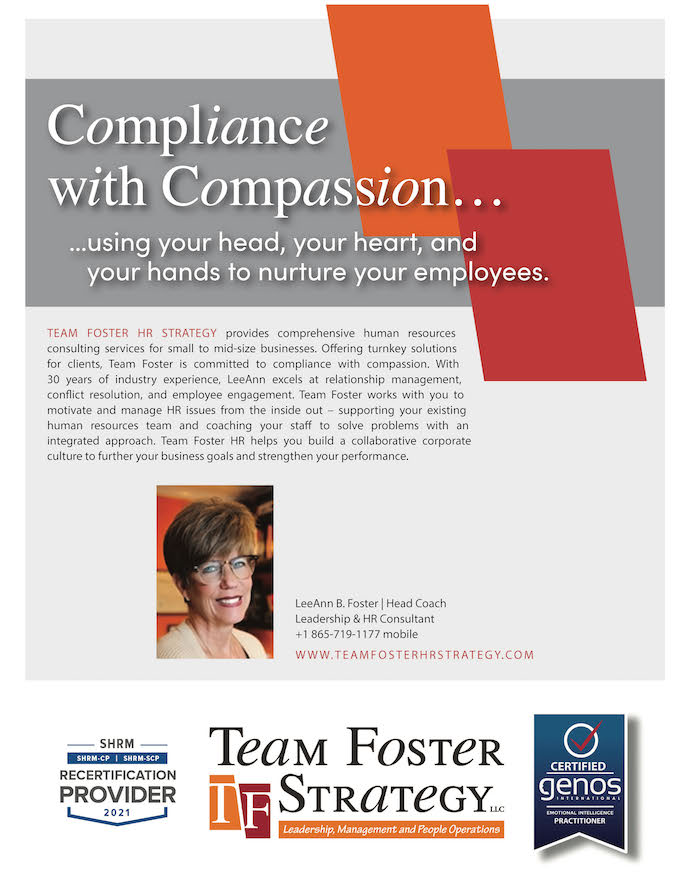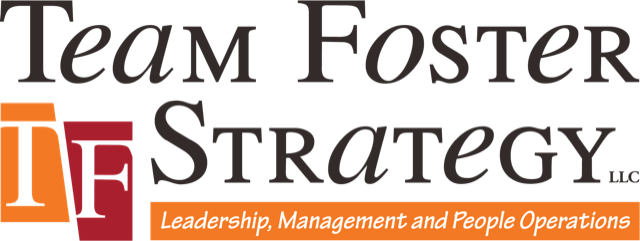By LeeAnn Bailes Foster
You are kidding me. Celebrate mistakes? No way. We ‘discipline’ mistakes.
Is this what you are thinking? Don’t get me wrong – if an employee carelessly makes the same mistake repeatedly, the ‘discipline’ strategy may be what is needed. However, for the purpose of this article, I am referring to the failures, fiascos, and mistakes experienced when trying hard, being innovative, and stepping out of the comfort zone.
Amy Edmundson coined the term “psychological safety’ years ago. Psychological Safety is a shared belief held by members of a team that the team is safe for interpersonal risk taking. For example, employees feel safe trying new ideas that have a risk of failure.
James Dyson, Dyson Vacuums, tells the story of 1,000s of mistakes. He made 5,126 mistakes before he got it right. On the 5,127 try, he came up with the solution and built the first Dyson vacuum. Mr. Dyson believes that schoolchildren should marked by the number of failures they’ve had. The child who tries strange things and experiences lots of failures to get there is probably more creative, more innovative.
Dr. Edmundson encourages us to live in the “Learning Zone’. The graph below shows where the Learning Zone is. Learning happens when an employee is high, high on the graph: high in psychological safety and high in performance accountability.

Why is it important to create a Culture of Psychological Safety at work? If employees do not feel safe to try new things or to speak out when needed small problems may escalate into tragedies. Below are three examples:
- The O-Ring: On January 28, 1986, the Space Shuttle Challenger exploded 73 seconds after liftoff, killing seven crew members and traumatizing a nation. The cause of the disaster was traced to an O–ring, a circular gasket that sealed the right rocket booster. NASA employees questioned whether the O-ring would hold up under extreme heat. However, the right person would not speak up due to the launch being planned and all the publicity around it.
- Boeing 737: Two fatal crashes involving the plane within five months of each other, which killed a combined 346 people, have led to questions about the plane’s design and features. The crashes have also called attention to training standards, regulatory oversight, and pilot experience. Test pilots knew something was not right, but the right person did not speak up due to, yet again, the negative publicity that would surround the latest and greatest airplane built.
- Dr. Death: More than 30 patients died or were maimed after surgeries Dr. Christopher Duntsch, a neurosurgeon, performed on them. Dr. Duntsch was eventually sentenced to life in prison. Hospitals, doctors, and nurses knew Dr. Duntsch was doing something wrong but did not speak up early enough.
I apologize for sharing such gruesome stories. These three stories make a strong case for ensuring your workplace is psychologically safe. We need for employees to speak up early and often when they sense something is not right. Celebrating mistakes will help make this happen.
Amy Edmundson shares five reasons to celebrate mistakes.
Doing so:
- Creates a Learning Moment. Learning moments lend to gaining experience. Experience lends to confidence. Confidence lends to innovation!
- Is efficient. No time or money needs to be used covering up mistakes.
- Strengthens creativity. Staying relevant in business is a must. Creativity keeps us on the cutting edge no matter the industry.
- Creates opportunities. Noticing a mistake is a reason to form a team to rectify the problem. Being on a problem-solving team allows employees to shine and be noticed.
- Decreases mistakes. When one person shares his/her mistake, it stops others from making the same mistakes. Now – – that’s an innovative and relevant operation.
Following are some ideas for celebrating mistakes:
- Add a “Lessons Learned” section to your team meeting agenda. Give employees a safe place to share.
- Share the good news. Make a PA announcement or ring a bell when a mistake is shared. Include the solution!
- Give a quarterly “Innovation Award” to the employee who took a risk that led to a new product, service, etc.
- Publicly tally mistakes and lessons learned.
- Share examples of a mistakes made by someone famous. And — that mistake made him/she famous.
- Publish the “Mistake of the Month” in your company newsletter.
I am sure you have heard this quote before, “Life is 10% what happens to you and 90% how you handle it.” So, the handling mistakes is where success lies. I love Dr. Edmundson’s quote below:

The oppositive of this quote is illustrated in the graphic below:

When we cut employees off, speak over them, make them feel poorly for mistaking mistakes, we diminish the flow of ideas and creativity which leads to innovation.
I encourage you to read Dr. Amy Edmundson’s book The Fearless Organization and to watch her Ted Talk regarding psychological safety. There is much more for us to learn about this topic.
From today forward, let’s celebrate lessons learned and make better mistakes tomorrow.

